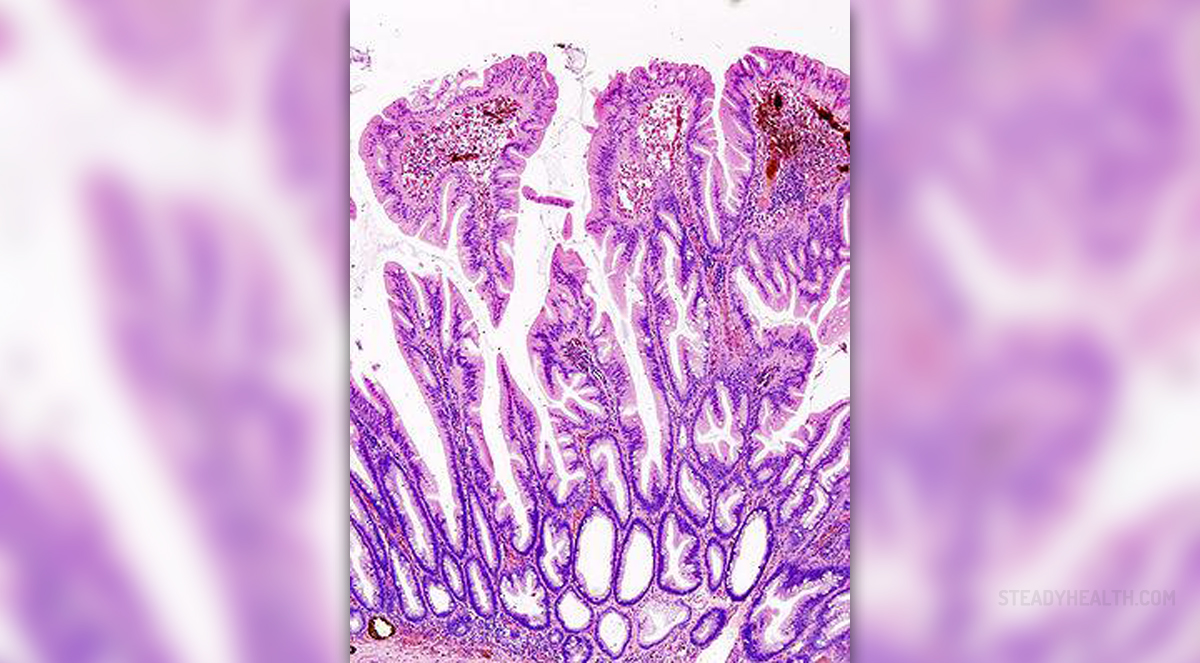
Flexible sigmoidoscopy is a medical procedure performed in purpose of examination of the rectum and terminal portion of the colon called the sigmoid colon. In order to visualize all the desirable structures, doctors use a flexible tube, 60 cm long and insert it gently into the anus, moving the tube slowly towards the sigmoid colon. This is a very efficient diagnostic tool, capable of identifying the site of bleeding, polyps, precancerous lesions of the colon/rectum and cancer of the colon and rectum.
Sigmoid Examination Procedure
The patient must be properly prepared for the exam. Namely, the content of his/her large intestine is supposed to be completely removed. All patients are provided with information how to cleanse their colon properly. Basically, two enemas will be sufficient enough along with a laxative. Dietary modifications are recommended too. In patients suffering from diarrhea the examination is postponed.
Individuals who are taking some medications on a regular basis should inform their doctor about these drugs. It is also essential to report any non-prescription medication, supplement of herbal remedy the patient is currently taking. Certain drugs may interfere in the exam, particularly if there is a need for a biopsy. For instance, Aspirin, warfarin as well as some NSAIDs increase the risk of severe bleeding if they are not discontinued several days prior to the exam and patients undergo biopsy.
Apart from medications, patients are also due to report if they have an artificial heart valve, hip/knee prosthesis or are suffering from certain conditions affecting heart valves such as mitral stenosis/ regurgitation or aortic stenosis. They are allowed to undergo sigmoidoscopy but must prophilactically receive antibiotics.
Even though many people experience fear of sigmoidoscopy and similar exams, it is a fact that the examination is well tolerated and is never associated with pain. Discomfort, on the other hand, may be present. Additionally, many patients may experience fullness, bloating, pressure or cramping during the very procedure. The procedure does not last longer than 15 in general. It is possible to receive a sedative prior to the procedure. These drugs are only recommended in highly anxious people.
In case certain parts of the colon or rectum are changed in any way, doctors perform biopsy of the suspicious tissue. Furthermore, polyps (benign tumors than may undergo malignant alteration) are easily removed during the procedure. In case after pathohistological examination, removed polyps are confirmed to have malignant potential, such patients are recommended regular sigmoidoscopy and may even additionally require colonoscopy. As matter of fact, all people with polyps of the gastrointestinal tract require regular exams of this type which are capable of identifying precancerous lesions and benign tumors, removing them before they develop into cancer. So, although sigmoidoscopy is actually performed to evaluate and identify an underlying cause of some gastrointestinal disturbances, it is also a powerful tool, that can remove tumors without a need for more extent invasive surgery.
Risk and Benefits of the Procedure
As it is the case with any procedure, there are certain risk and complications associated with sigmoidoscopy as well. Fortunately, most of them are not serious and are easily brought under control, leaving no permanent damage to patient's gastrointestinal tract.
Relatively small number of patients experience mild pain or discomfort after the procedure. Swelling of the abdomen may occur as well but soon withdraws on its own. It is normal to experience minor bleeding if you have had polyps removed.
On the other hand, there are several more complex and rather dangerous complications. For example, a person may experience a tear in his/her bowel. Bowel perforation is not so common complication. It is, however, life-threatening and requires prompt treatment. Furthermore, heavy bleeding may be one more complex complications that must be taken care of instantly. Finally, some patients experience side effects associated with sedatives they are administered before the procedure.
In spite of all the mentioned, it is essential to understand that sigmoidoscopy is a powerful tool that gives insight in the inside of the sigmoid colon and rectum, which cannot be always achieved with imaging studies. Therefore, the benefits of the procedure practically outweigh risks and if performed by a well experienced doctor, there is no need for patients to worry.
What to Expect Afterwards
After the procedure, the doctor explains the patients what he/she has found and whether there have been biopsies performed. In such case, patients are told when the results of the biopsy will be ready for interpretation and are scheduled another appointment.
Patients who have been sedated require someone to take them home. They are not supposed to drive, operate heavy machinery or sign any legal documents for at least 24 hours after the procedure.
Finally, patients are supposed to rest and have plenty of sleep after they are released from the hospital and resume with every day activities the following day.


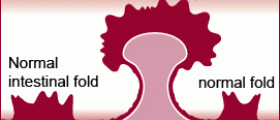


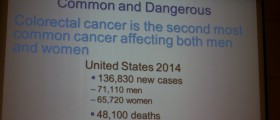





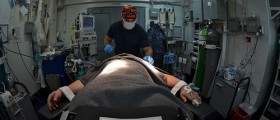

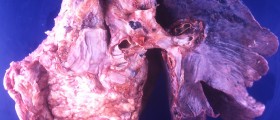
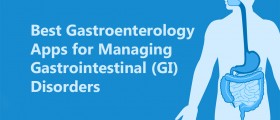

Your thoughts on this
Loading...